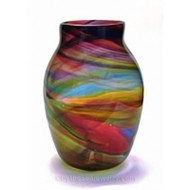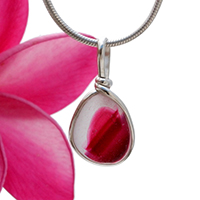Hartley & Wood Glass - A New Source Possibility for Seaham Sea Glass?
4th Mar 2017
After first receiving our first batch of Seaham Sea Glass from England, I began to try and find out what the source was for this amazing beach found sea glass.
While there are MANY types of sea glass found on this small English beach, pontils, flashed glass, boulders and bubbles, etc... (see Collecting Sea Glass - The Beaches Our Sea Glass Comes From), the most amazing and the most desirable sea glass from the area is the coveted "Ultra Rare Multi". This is a piece of sea glass that has 2 or more colors that flows and swirls inside the sea glass piece (unlike flash glass that only has color on one side).
To View our Seaham Sea Glass Jewelry - CLICK HERE!
At First.....
I had first thought with my then limited knowledge of glass making, that this was End Of Day Glass. Molten glass that was combined at the end of a production cycle to be discarded). The initial reasoning was the great variance in the colors in these pieces.
Later I was told by an English glass maker in Sunderland England at the National Glass Center, that the mixing crucible, a vat where colorants were added to plain glass to add color, was a better guess at how these amazing sea glass pieces were initially created. Colorants were built up on the side of the vat and later discarded into local waters.
Glass Making In The Region...
Though there were dozens of glass makers in Northern England, most glass product were utilitarian. Hand Blown Bottles, sheet glass for windows and roofs and such we made by numerous glass makers within miles of the Seaham Beaches. This source however, would have ONLY produced the more common colors of glass (Green, Brown, White and Seafoam). The more colorful Multis including colors of Hot Pink, Orange, Red, Teals etc, COULD NOT have originated from bottle glass.
New Possible Source...
In the last year, we found another possible source for this sea glass. A glass maker by the name of James Hartely produced many forms of glass in this region. The art glass that was brought to our attention while browsing social media was his elusive Art Glass Pieces that was produced in the Sunderland Region at his plant at Trimdon Street and Deptford Road, just minutes from the Sunderland harbor on the Tyne and Wear. It is very possible that his scraps and breakages are a source of the Ultra Rare Seaham Sea Glass Multi.
Below are some of the rare examples of James' work from the late 1800's, a man ahead of this time. We think, the source of some of the Ultra Ultra Rare Multi's. Let us know what YOU think....Are we on the right track?
This theory has also been confirmed by and English Art Glass professor and historian.
To Purchase a Sea Glass Jewelry piece from this collection, Visit Seaham Multi Sea Glass Jewelry
For more info on Hartley Glass See
Historic Glass In England (a great read)
| Hartley & Wood Streaky Glass | Seaham Sea Glass Pieces |
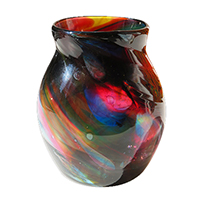 | 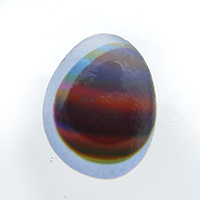 |
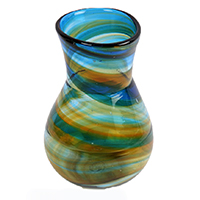 | 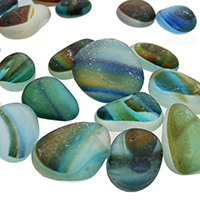 |
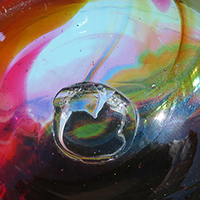 | 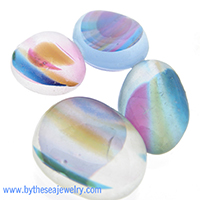 |
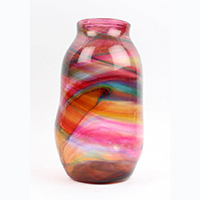 | 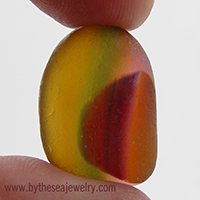 |
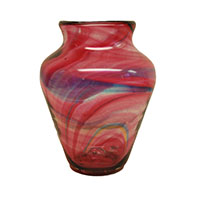 | 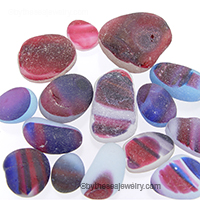 |
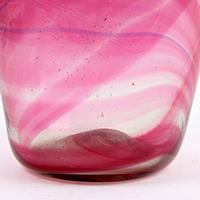 |
|
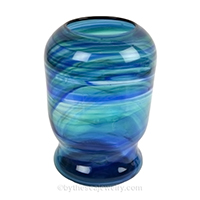 | 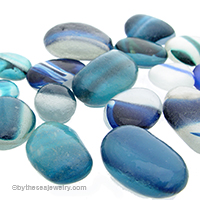 |
Share:

